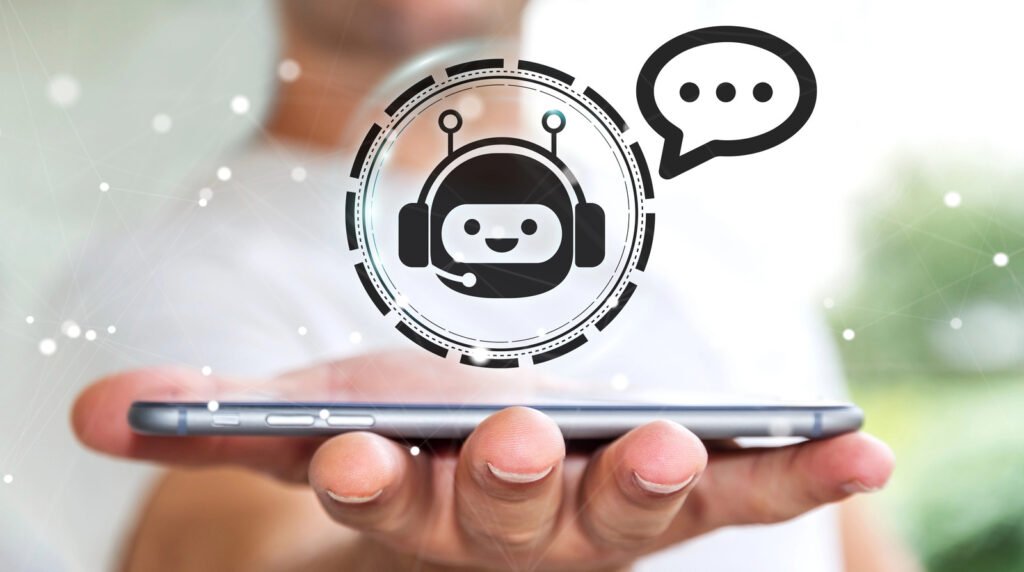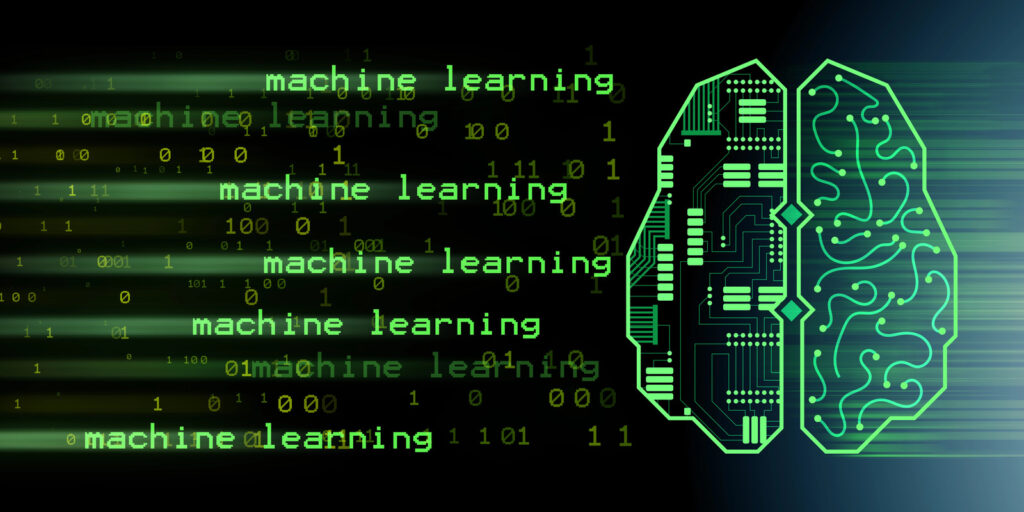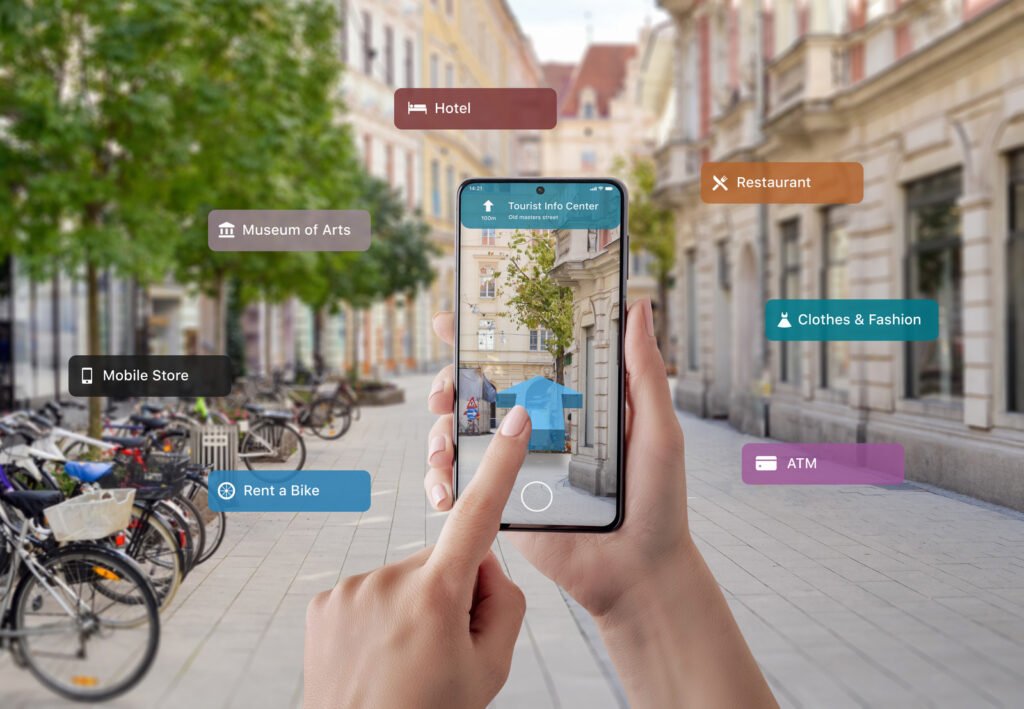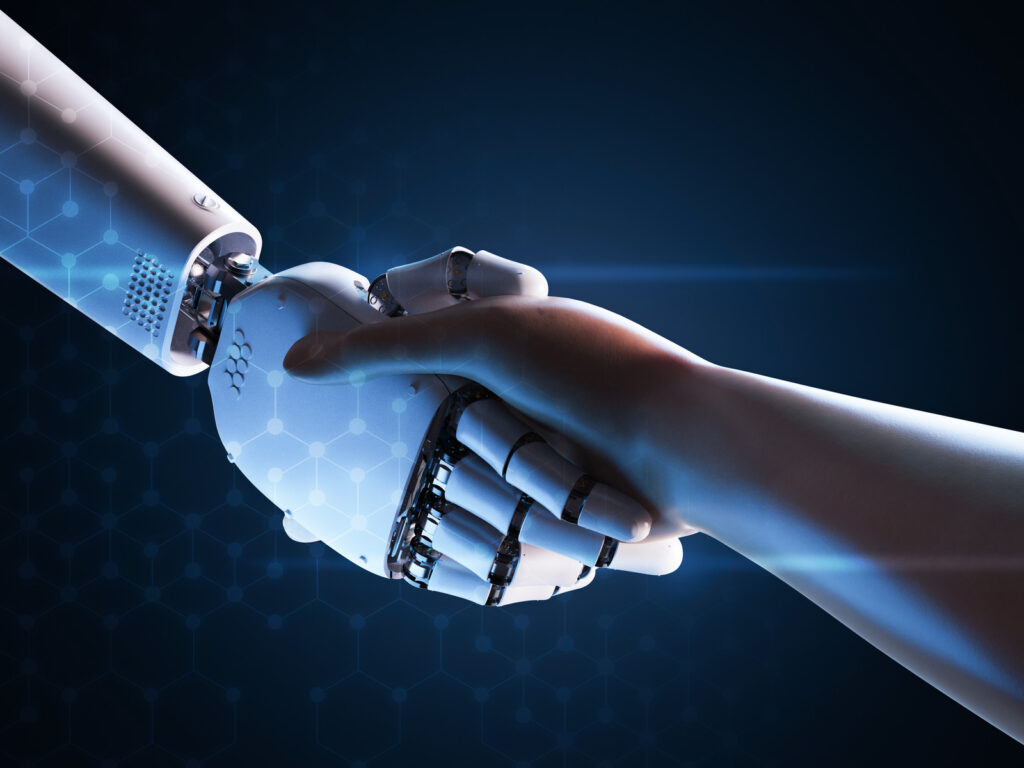Chatbots are becoming an integral part of our digital lives, but many people still wonder, “What is a chatbot and how does it actually work?” Whether you’re chatting with a virtual assistant to book a flight or getting instant answers from customer service bots website, AI chatbots are behind it all.
This blog will help you understand AI chatbots technology, their evolution, and why businesses around the globe are leveraging them to transform operations. By the end, you’ll not only know what a chatbot is but also gain insights into their benefits, types, and future potential.
What is a Chatbot?

AI Chatbot technology is a software application designed with natural language understanding to simulate human-like conversation and customer interactions. These AI chatbots use text or voice interactions to communicate with users and handle queries in real-time. Chatbots can be live on websites, apps, or even messaging platforms like WhatsApp, Facebook Messenger, and Slack, making it easy for businesses to assist and engage their audience 24/7.
Here’s the simplest explanation: Chatbots act like human agents giving automated customer service or personal assistance to streamline repetitive tasks and provide quick resolutions.
Human Conversation, But Digital
Think of chatbots as your digital agents. They can answer questions, help with customer queries, purchases, book appointments, and even offer personalised recommendations.
With chatbot software improving constantly, AI chatbots today don’t just respond to human interaction; they understand context, adapt, and learn – making them more “human agents” than ever before.
A Brief History of Chatbot Software

Chatbots are far from a modern invention. Their history dates back decades. Understanding their evolution offers great context into how far this technology has come.
Eliza – The First Chatbot (1964)
Eliza was the world’s very first chatbot, created by Joseph Weizenbaum at MIT. Based on simple pattern-recognition algorithms, Eliza mimicked a psychotherapist, rephrasing users’ inputs as questions. It had no “understanding” of language, but it was revolutionary for its time.
ALICE and Smarter Bots (1990s)
Years later, ALICE (Artificial Linguistic Internet Computer Entity) stepped into the limelight. While it operated using more advanced rules, it still relied on pre-programmed responses. Its limitations pointed to the growing need for artificial intelligence.
Siri, Alexa, and AI-powered chatbots (2010s)
The 2010s marked a turning point with the launch of AI-powered virtual assistants like Siri, Alexa, and Google Assistant. These AI powered chatbots leveraged machine learning, natural language processing (NLP), and vast data pools, enabling context-aware conversations on a scale never seen before.
Today, chatbots have become versatile tools acting as customer assistants, financial advisors, and more.
How Does Chatbot Software Work: The Technology Behind the Magic

Ever wondered what goes on behind the scenes? Chatbots rely on three key technologies to function effectively:
1. Natural Language Processing (NLP)
NLP enables AI chatbots to understand, process, and generate human language. It bridges the gap between how humans communicate and how computers “understand.”
2. Machine Learning (ML)
Advanced AI chatbots use machine learning to improve over time. By analysing user interactions, ML helps bots offer better responses, predict user intent, and handle more complex tasks.
3. Pre-Set Rules and AI Algorithms
While some chatbots work purely on predetermined scripts (rule-based), others leverage AI to provide dynamic, contextual replies. Sophisticated chatbots can even analyse sentiment and tone in user messages to better tailor their responses.
Benefits of Using Customer Service Chatbot Software

Customer service chatbots are no longer a “nice-to-have”. For many businesses, they’ve become essential. Why? Because chatbots bring tangible benefits, including some of the following:
1. 24/7 Availability
Unlike human customer service agents, chatbots never sleep. They offer round-the-clock support, ensuring users get answers when they need them most.
2. Cost Reduction
By automating repetitive queries and basic operations, chatbots reduce the need for large customer service teams, saving businesses both time and resources.
3. Enhanced Customer Experience
Chatbots provide instant human conversation responses, ensuring users aren’t left waiting. Their ability to personalise experiences (think Netflix recommendations) enhances customer satisfaction.
4. Scalability
Businesses handling thousands of customer queries daily couldn’t function smoothly without chatbot software These tools can engage multiple users simultaneously without compromising service quality.
Different Types of Chatbots

Not all chatbots are built the same. Different technologies align with different use cases. Here’s a breakdown of the two main types:
1. Rule-Based Chatbots
Rule-based bots follow a fixed set of scripts and conditions. They work like flowcharts, guiding users through predefined options. While straightforward, they lack flexibility and can’t adapt to unfamiliar questions.
Example:
E-commerce websites often use rule-based bots to guide customers through product selections or return policies.
2. AI-Powered Chatbots
Powered by machine learning and NLP, AI chatbots can handle open-ended questions, understand user intent, and improve over time.
Example:
ChatGPT is an excellent AI-powered tool for creating natural, human-like responses.
Real-World Examples and Use Cases

Chatbots are driving innovation across industries. Here are some real-world examples of how businesses use chatbots effectively:
E-Commerce
Brands like H&M use chatbots to guide customers, recommend products, and streamline checkout processes.
Customer Service
Telecom companies use chatbots to answer billing queries, troubleshoot technical issues, and offer upgrades.
Healthcare
The NHS employs AI-powered virtual assistants to answer queries, guide patients to doctors, and book appointments.
Financial Services
Banks use chatbots for balance enquiries, fraud alerts, and even financial advice.
The Future of Chatbots

The chatbot revolution is just beginning. Here are some trends shaping the future of this technology:
1. Increased Personalisation
Future chatbots will provide hyper-personalised customer interactions based on user data, anticipating needs before they arise.
2. Voice Assistants Everywhere
Voice-powered chatbots are set to become household staples, thanks to Alexa-like devices.
3. Seamless Human-Bot Collaboration
AI bots will act as tools to enhance—not replace—human customer service agents, streamlining workflows and reducing response times.
4. Emotional Intelligence
Emerging AI will focus on sentiment analysis, enabling chatbots to better recognise and adapt to users’ emotions during human interactions.
Unlock the Chatbot Advantage
Chatbots have come a long way since Eliza. From responding to basic prompts to enabling personalised, AI-driven interactions, they continue to revolutionise industries.
Whether you’re a small business or a global enterprise, chatbots aren’t just tools; they’re a competitive advantage. Preparing to adopt this technology now will keep your business ahead of the curve in the future.